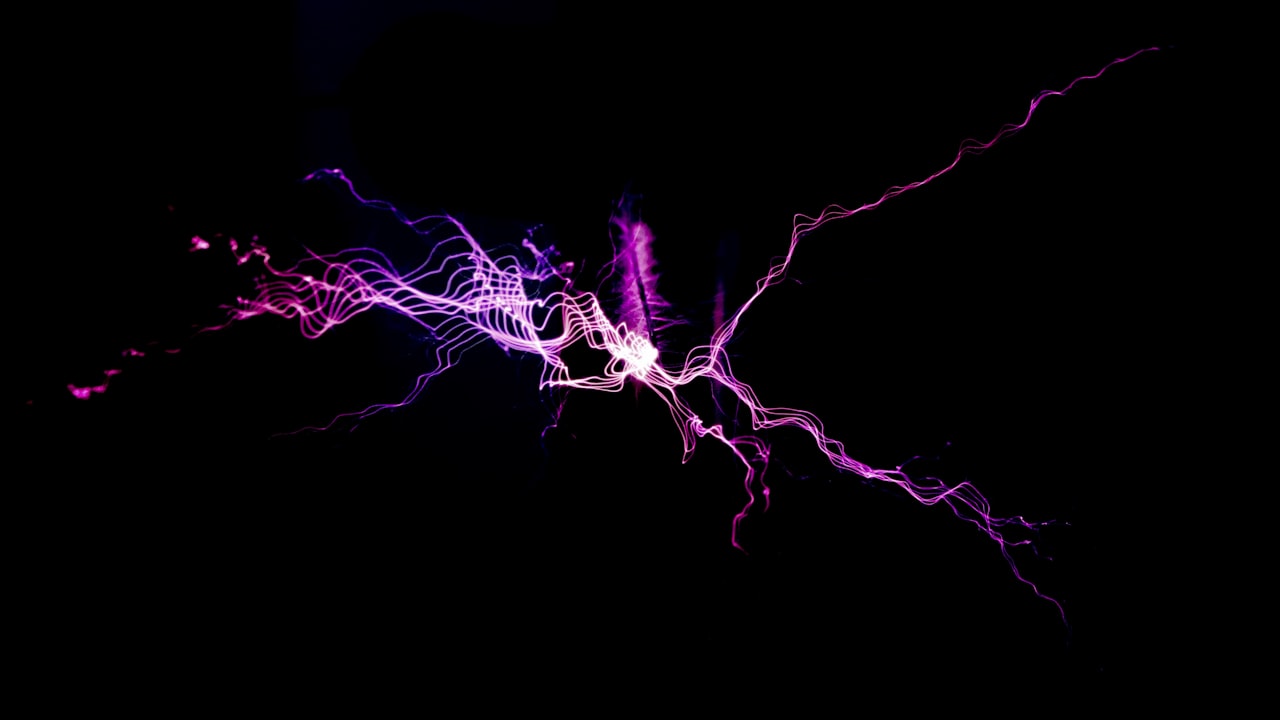 Title: Understanding Lightning Rods: How Do They Work and Why Are They Important for Safety?
Title: Understanding Lightning Rods: How Do They Work and Why Are They Important for Safety?
Lightning rods, also known as lightning arresters, play a crucial role in protecting buildings and structures from the devastating impact of lightning strikes. These devices are designed to attract lightning strikes and safely direct the electrical current into the ground, thereby preventing damage to property and ensuring the safety of occupants.
Jinguan Electric, a leading arrester supplier with a state-of-the-art arrester factory, specializes in the production of high-quality lightning protection equipment. Their lightning rods are engineered to meet the highest safety standards and provide reliable protection against lightning strikes.
So, how do lightning rods work? When a thunderstorm approaches and lightning is imminent, the sharp metal tip of the lightning rod creates a pathway for the electrical discharge to follow. As the lightning bolt strikes the rod, it is conducted through a metal cable attached to the rod and safely grounded into the earth, away from the building or structure.
The importance of lightning rods cannot be overstated. Without proper lightning protection in place, buildings are vulnerable to direct strikes, which can result in fires, structural damage, and even injury or loss of life. By investing in high-quality lightning rods from a reputable arrester supplier like Jinguan Electric, property owners can mitigate the risks associated with lightning strikes and safeguard their assets.
In conclusion, lightning rods, or lightning arresters, are essential components of any comprehensive lightning protection system. By understanding how they work and the crucial role they play in ensuring safety, property owners can make informed decisions about protecting their buildings and structures from the unpredictable and destructive force of lightning. Trusting a reliable arrester supplier like Jinguan Electric is key to ensuring the effectiveness and reliability of lightning protection measures.
